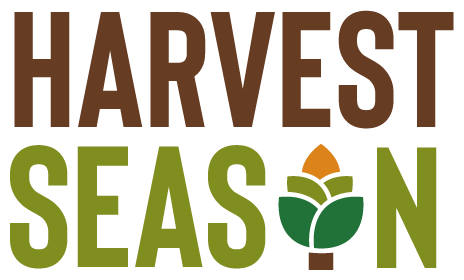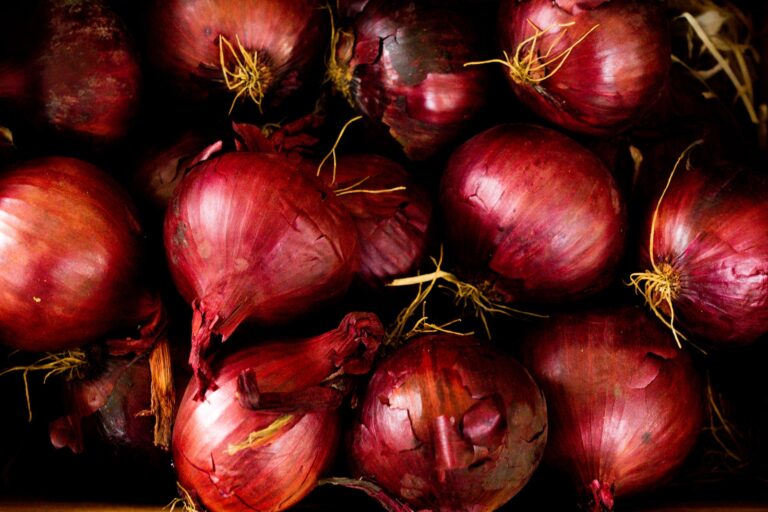4 Best Permaculture Techniques for Sustainable Agriculture in Kenya
Are you a farmer in Kenya struggling to find sustainable agricultural practices that can enhance your productivity and reduce environmental degradation? Look no further.
Imagine a scenario where you could maximize your land's potential by incorporating agroforestry, water harvesting, crop rotation, and composting techniques. These four permaculture techniques have proven to be highly effective in promoting sustainable agriculture, increasing yields, conserving resources, and improving soil fertility.
But how exactly do they work? And what benefits can they bring to your farming operations?
Let's explore further and uncover the secrets to a thriving and sustainable agricultural future in Kenya.
Agroforestry
Agroforestry is a sustainable farming practice that combines the cultivation of trees with crops or livestock, creating a diverse and productive agricultural system. This approach offers numerous benefits, including soil regeneration and effective tree integration.
One of the key advantages of agroforestry is its ability to regenerate soil. Trees play a crucial role in soil health by improving its structure and nutrient content. As their roots grow deep into the ground, they help break up compacted soil, allowing air and water to penetrate. Additionally, fallen leaves and branches act as natural mulch, enriching the soil with organic matter and promoting microbial activity. This enhanced soil fertility leads to increased crop yields and healthier livestock.
The integration of trees within the agricultural system is another important aspect of agroforestry. By strategically planting trees alongside crops or pastures, farmers can create a symbiotic relationship between plants and trees. Trees provide shade, reducing heat stress on crops and livestock. They also act as windbreaks, protecting fields from erosion and minimizing the risk of crop damage. Furthermore, the roots of trees help stabilize the soil, preventing erosion and nutrient runoff.
Water Harvesting
To effectively conserve water resources and optimize agricultural production, implementing water harvesting techniques is essential. One of the most effective methods of water harvesting is rainwater collection. By harnessing the power of rainfall, farmers can store and utilize water during dry periods, ensuring a steady supply for their crops. Another valuable technique is drip irrigation, which involves delivering water directly to the roots of plants using a network of tubes and emitters. This method minimizes water wastage and ensures that plants receive the necessary amount of water without over-saturation.
By combining rainwater collection and drip irrigation, farmers can significantly reduce their water usage while maximizing crop yields. The following table illustrates the benefits and considerations of these two techniques:
| Water Harvesting Technique | Benefits | Considerations |
|---|---|---|
| Rainwater Collection | – Provides a reliable water source | – Requires proper storage facilities |
| – Reduces reliance on mains water supply | – Regular maintenance is necessary | |
| Drip Irrigation | – Minimizes water wastage | – Initial investment in equipment is required |
| – Promotes efficient water usage | – Requires regular monitoring and adjustment |
Crop Rotation
Crop rotation is an effective technique that involves the systematic planting of different crops in a specific sequence to benefit soil health and improve overall agricultural productivity. By rotating crops, you can optimize soil fertility, reduce the risk of pests and diseases, and enhance nutrient cycling.
Here are five important benefits of practicing crop rotation:
- Improved soil health: Crop rotation helps to restore and maintain soil health by reducing soil erosion, promoting microbial activity, and preventing nutrient depletion. Different crops have different root structures and nutrient requirements, which helps to diversify the soil microbiome and enhance nutrient availability.
- Enhanced nutrient cycling: Growing different crops in rotation allows for the efficient cycling of nutrients in the soil. Each crop has unique nutrient demands and release patterns, ensuring that nutrients are utilized more effectively and reducing the need for synthetic fertilizers.
- Pest and disease management: Crop rotation disrupts the life cycles of pests and diseases, making it more difficult for them to establish and spread. Different crops attract different pests and diseases, reducing the risk of buildup and outbreaks.
- Weed suppression: Crop rotation can suppress weed growth by interrupting weed life cycles and reducing the availability of specific weed hosts. This minimizes the need for herbicides and manual weeding.
- Improved crop yields: By optimizing soil health, nutrient cycling, and pest/disease management, crop rotation can lead to increased crop yields over time. It allows for better utilization of available resources, leading to more productive and sustainable agricultural systems.
Incorporating crop rotation into your farming practices can have significant long-term benefits for soil health, nutrient cycling, and overall agricultural productivity. Consider implementing this technique to achieve sustainable and resilient farming systems.
Composting
One effective method for improving soil health and nutrient availability in sustainable agriculture is through composting. Composting is the process of decomposing organic matter, such as food scraps, yard waste, and animal manure, to create nutrient-rich compost. This natural fertilizer can be added to the soil to enhance its fertility and structure.
Vermicomposting is a type of composting that uses earthworms to break down organic materials. The worms consume the organic matter and excrete nutrient-rich castings, which can be used as a soil amendment. Vermicomposting is a great option for small-scale farmers or those with limited space, as it can be done in containers or bins.
Bokashi fermentation is another composting technique that's gaining popularity. It involves fermenting organic waste with the help of beneficial microorganisms. This process produces a nutrient-rich liquid fertilizer called bokashi tea, as well as a compost-like material that can be added to the soil.
Both vermicomposting and bokashi fermentation are efficient ways to recycle organic waste and improve soil health. By incorporating these composting techniques into your agricultural practices, you can reduce reliance on synthetic fertilizers and pesticides, promote nutrient cycling, and create a more sustainable farming system.

